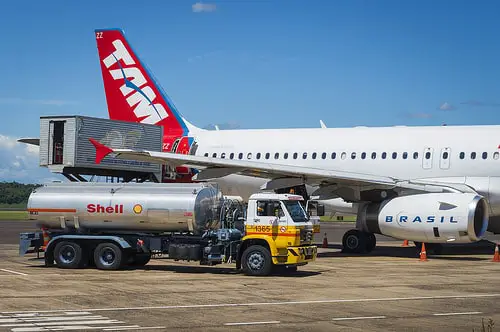Global distribution is the movement of goods to and from locations around the world. Organization are moving forward the global sourcing and selling of goods due to lower manufacturing costs in other nations and the ability of both foreign and domestic manufacturers to supply a global market.
Global distribution of goods is similar to movement within North America since information is needed to control inventories, customer needs must be satisfied, and carriers depend on communications to reach their destinations. Some differences, however, must be taken into consideration when dealing with organizations around the world: distance, language, culture, currency, and measurement.
Read also: Distribution Channel
The longer the distance that goods must travel, the greater the time to reach markets. Such distances may require conducting business across different time zones. As the gods cross borders, the languages spoken may differ for the manufacturer warehouse agencies and carriers. Cultural difference can include the methods of conducting business, the occurrence of religious holidays, and the local work ethic.
Currency exchange and international fund transfers are becoming increasingly easy; however, fluctuations in currencies can change costs dramatically and must be taken into account when assessing the risks involved in deciding where to source goods. Measurement systems will differ around the world and a good example of this is weight. A ton is 2000pounds, a long ton is 2240punds, and metric ton is 2205punds.
The units of measure for weight can depend on the country that is handling the goods. Overall, global distribution can be very complicated for individuals and companies facing this challenge.
Fortunately, technologies and systems in place now can alleviate some of these problems. Time is less of an issue. The internet allows companies to conduct business at all hours of the day. With written internet transactions, fewer misinterpretations of order information occur such as sizes, quantities, and descriptions. International standards help solve many distribution issues.
The International Organization for Standardization (ISO) for example, has established standards for ocean shipping containers that allow the seamless handling of goods from a ship, to rail to truck across virtually all nations. Some standards have a long history. As early as 1936, Incoterms were developed by the Paris based International Chamber of Commerce to provide internationally accepted regulations for trade terms such as export packing costs, customs clearance, inland and ocean transportation costs, and damage insurance.
Global distribution will continue to grow, become easier, and increasingly allow companies to manufacture goods at competitive rates and to sell their products in a global market. As global distribution becomes essential, people working in distribution will need to expand their knowledge of global-supply systems and international business practices to remain effective.
Read also:Physical distribution system








Very informative blog. I was searching for something like this. your blog helped me a lot. Thank you so much for sharing. storage marketing materials
Thanks for comment. Modern technology (robotics and automation) makes more easier global distribution system.